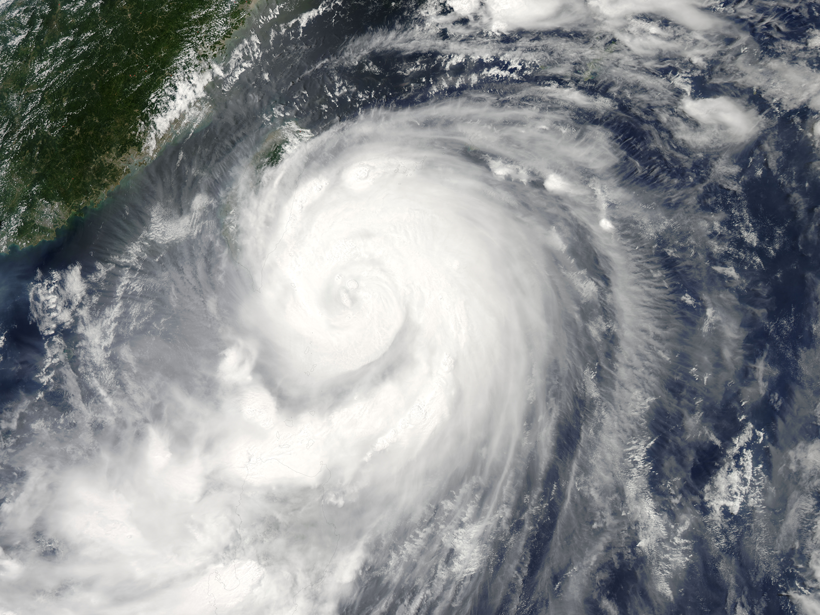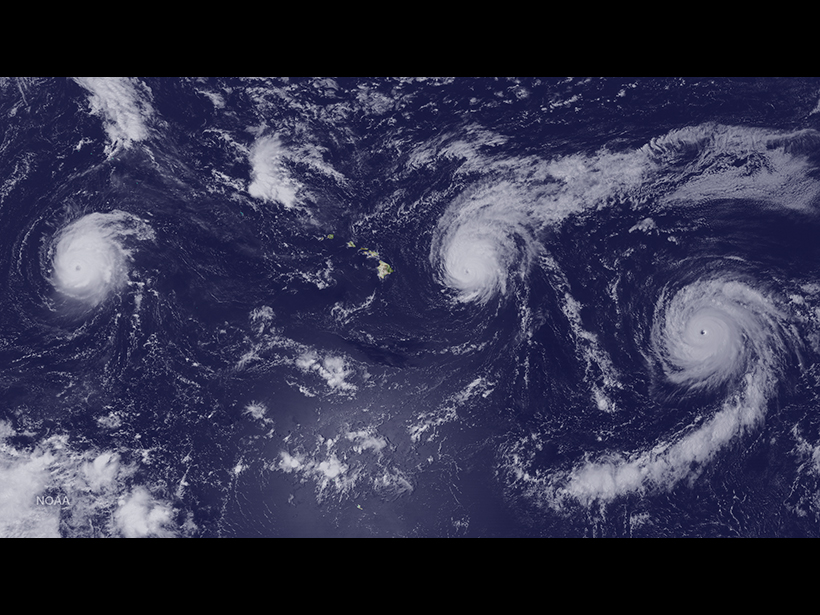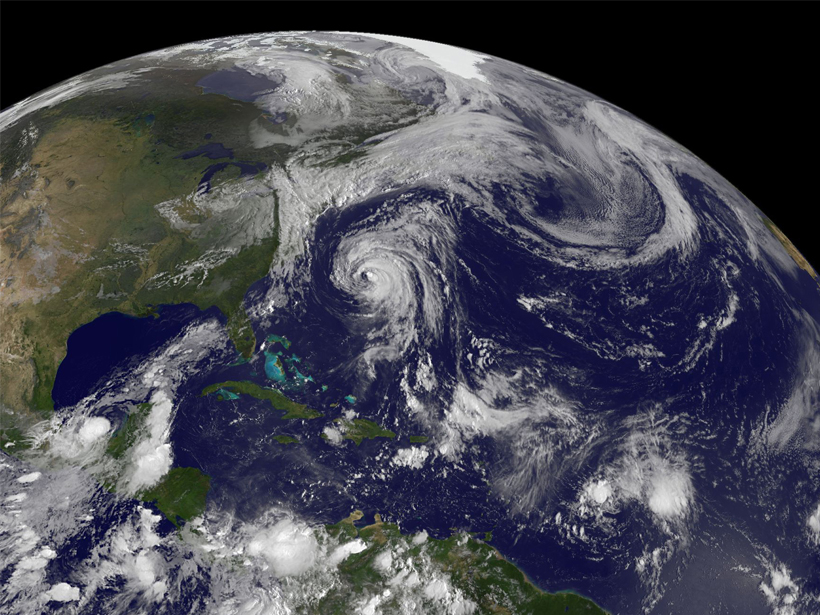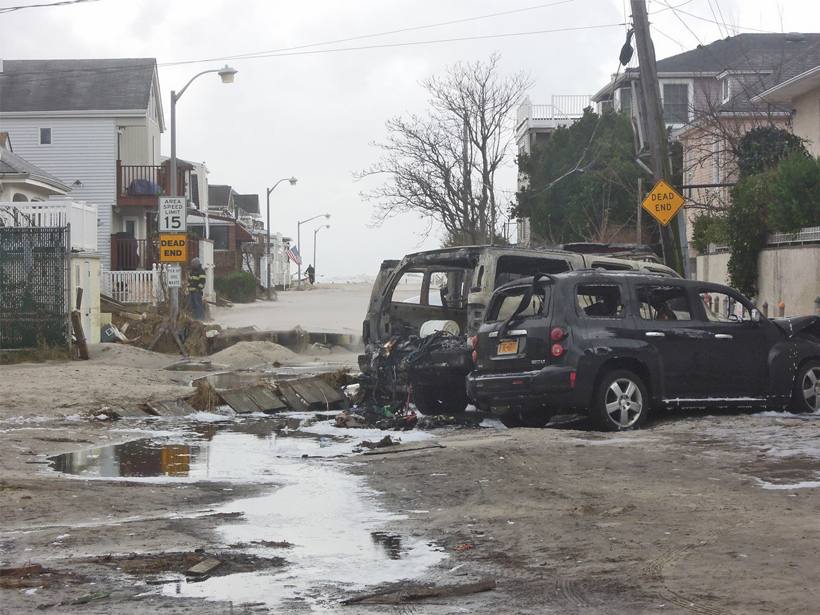Scientists use a new remote-controlled robot to capture data from the middle of an open ocean typhoon.
hurricanes, typhoons, & cyclones
Reading Raindrops: Microphysics in Typhoon Matmo
Quantitative predictions about tropical storms require an understanding of even their smallest physical processes. A new study observes unusual microphysics in 2014's Typhoon Matmo.
Why 2015 Was a Big Hurricane Year for the Eastern North Pacific
Record-breaking oceanic and atmospheric conditions led to a remarkable season in a key Pacific hurricane development region.
How Tropical Cyclones Influence Photosynthesis
A new modeling study gives insight into how tropical cyclones affected ecosystems in the southeastern United States between 2002 and 2012.
Climate Change Influences the Dynamics Behind Tropical Cyclones
A new model reveals how cumulus convection, humidity, and tropical circulations interact as global temperatures rise.
Predicting the Risks and Occurrence of Extratropical Cyclones
5th Workshop on European Storms: Impacts and Predictability; Bern, Switzerland, 31 August to 2 September 2015
Fewer Tropical Cyclones Form After Volcanic Eruptions
Volcanic eruptions aren't all bad—in some cases, they can lower the frequency of tropical cyclones in the North Atlantic by emitting sulfate aerosols.
Wind Shear Measures Help Predict Tropical Cyclones
New experiments explore how wind shear impacts tropical storm dynamics and may hold clues for better prediction.
Communicating Hurricane Risks: Challenges and Recommendations
NOAA/Sea Grant Coastal Storm Awareness Program (CSAP ) Final Workshop; Newark, New Jersey, 26–27 May 2015
The Melodies of Monsoons: Weather in Indian Classical Music
Western composers evoke nature's fury with orchestral music that imitates the sounds of weather. Indian composers depict the monsoon rains in more abstract terms with the classical raga system.









